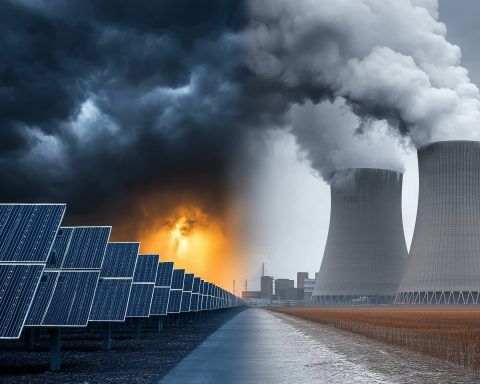
Solar vs. Coal vs. Nuclear: Lazard’s 2025 Report Reveals the Cheapest Power Source
Introduction: The Race for the Cheapest Energy Source What is the cheapest form of energy today? It’s a complex question fueled by falling renewable costs, volatile fossil fuel prices, and urgent climate concerns. To cut through the noise, analysts often

